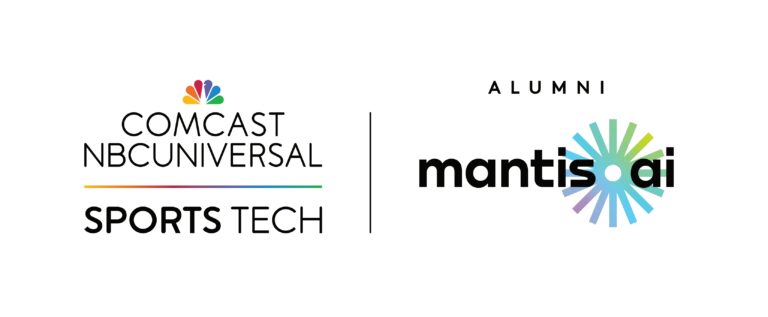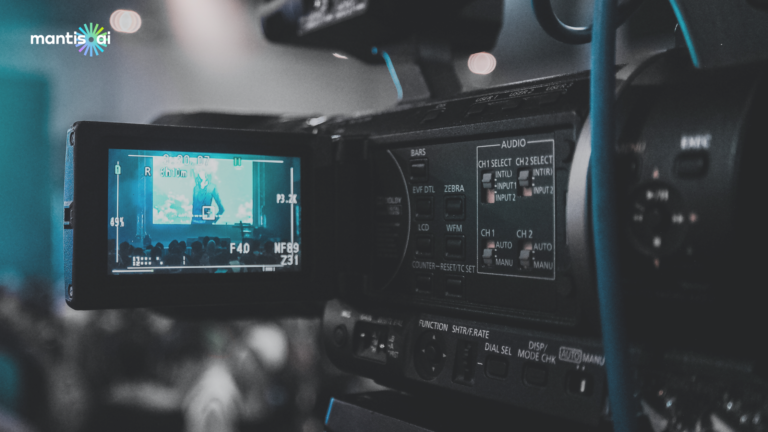Long-form broadcasts, such as live streams, concerts, sports matches, or podcasts, have gained a prominent place in the digital world. Whether for entertainment, education, or information, keeping audiences engaged for hours can be a challenge. That’s where artificial intelligence emerges as a powerful ally, unlocking the potential of this market and opening doors to new possibilities.
The Engagement Challenge
Maintaining audience attention during long-form broadcasts requires a well-defined strategy. Monotony is the enemy of engagement, and combating this trap requires creativity and appropriate tools. Artificial intelligence stands as an innovative solution in this scenario, offering features that transform the audience experience and optimize the production team’s work.
Examples of Engagement Challenges in Long-Form Broadcasts:
- Lack of dynamism: Long-form broadcasts can become monotonous if not well planned and executed.
- Difficulty keeping up: The audience may have difficulty following the content for long periods.
- Lack of interaction: The lack of interaction between the audience and the creator can lead to demotivation.
- Content saturation: The audience may feel saturated with the amount of content available.
Artificial Intelligence as a Solution
Artificial intelligence offers a range of solutions for engagement challenges in long-form broadcasts.
Transforming Long Videos into Short Ones:
- AI can identify the best moments of the broadcast, such as jokes, relevant insights, emotional moments, etc.
- From these moments, AI can automatically create short and dynamic clips that can be shared on social media, increasing the reach of the content and attracting new viewers.
- Example: A two-hour podcast on artificial intelligence can be transformed into several short clips, each focusing on a specific topic, such as “The 5 Biggest AI Challenges for the Future of Humanity” or “How AI Can Revolutionize the Healthcare Industry.”
Video to Text
- AI can automatically transcribe the broadcast, generating a complete text file.
- From this file, AI can automatically generate:
- Concise and informative summaries of the broadcast content.
- In-depth articles that explore the topics covered in the broadcast in more detail.
- Blog posts and social media posts that promote the broadcast and attract new viewers.
- Scripts for new videos, such as interviews with experts or animations that explain complex concepts in a simple and visual way.
- Example: A YouTube channel with multiple videos can have all its videos transcribed and scripted, helping to organize and create new videos similar to the one already created.
Unlocking the Operations Team:
- AI can automate repetitive manual tasks, such as:
- Audio and video transcription.
- Video editing, such as cutting, adding subtitles, and other visual elements.
- This automation frees up the production team to focus on more strategic and creative activities, such as:
- Content planning and editorial strategy definition.
- Scriptwriting and development of new content formats.
- Interacting with the audience in a deeper and more personalized way.
- Data analysis to understand audience behavior and optimize broadcasts.
- Example: A video editor who previously spent hours editing a sports broadcast can now use an AI tool to do it automatically, scaling up to edit 15 broadcasts, or freeing up their time to focus on more creative tasks, such as final editing.
Organizing the Content Collection:
- AI can automatically classify and organize all generated material, such as transcripts, videos, clips, and articles. This facilitates searching and accessing specific content, optimizing the team’s time and ensuring the preservation of the collection.
- Broadcast videos.
- Short clips.
- Summaries.
Benefits for Everyone
Artificial intelligence in the production of long-form broadcasts brings benefits to everyone involved:
Creators:
- Increased audience reach, with the creation of short clips for social media.
- Time optimization, with the automation of manual tasks.
- Focus on strategic and creative activities, such as content planning and audience engagement.
Production Teams:
- Reduction of manual tasks and increased productivity.
- Focus on strategic activities, such as data analysis and audience experience improvement.
- More time to dedicate to creating original and innovative content.
Audience:
- More dynamic and engaging content, with different formats for different needs.
- Greater accessibility to content, with automatic organization and classification of the collection.
- More personalized and interactive viewing experience.
The Future of Long-Form Broadcasts
Artificial intelligence is a transformative force in the long-form broadcast market. By automating manual tasks, generating new content, and optimizing the work of the team, AI opens doors to a promising future, where audience engagement is the rule and creativity has no limits.
With AI as an ally, creators and production teams can explore new possibilities, offer increasingly immersive experiences for the audience, and build a vibrant community around their content









